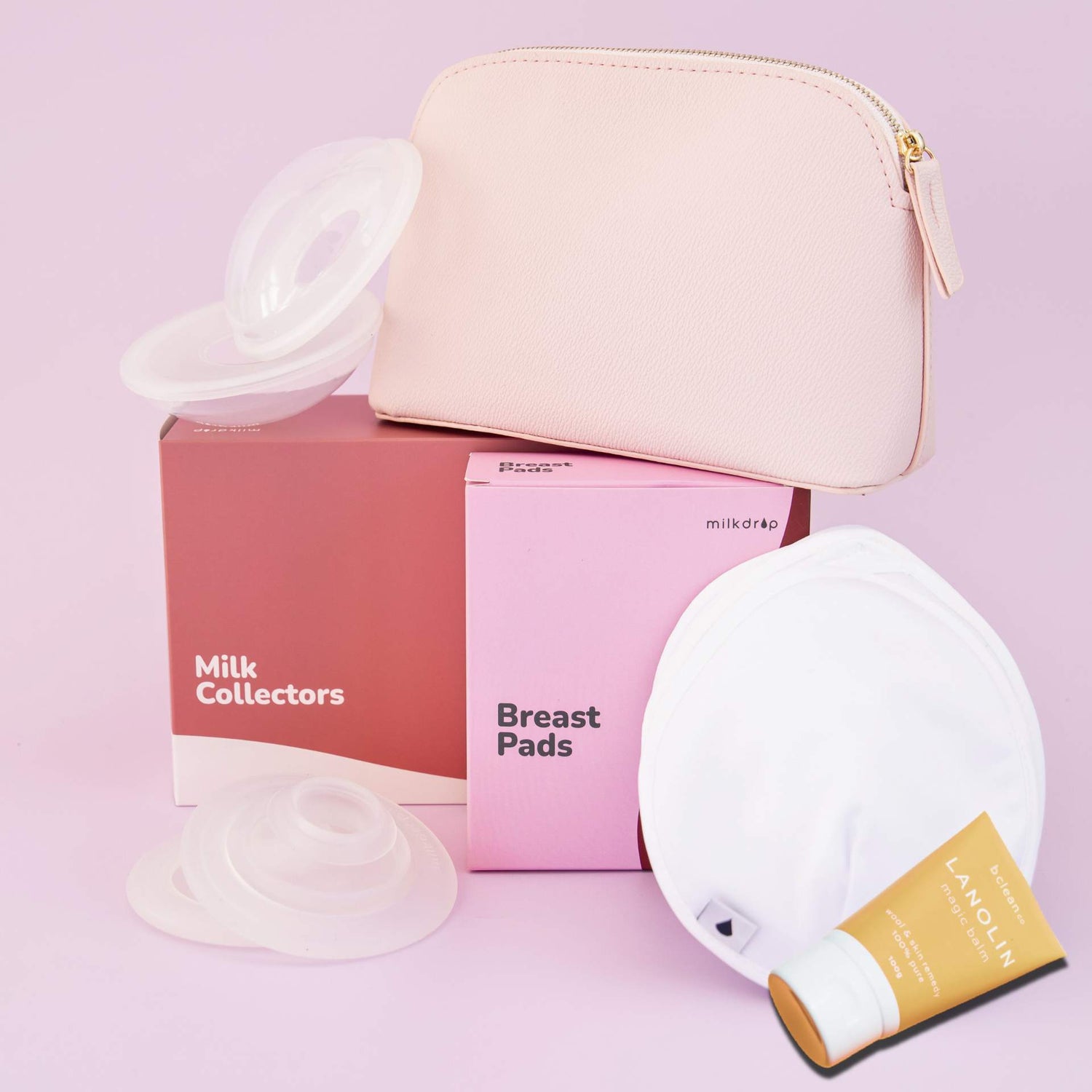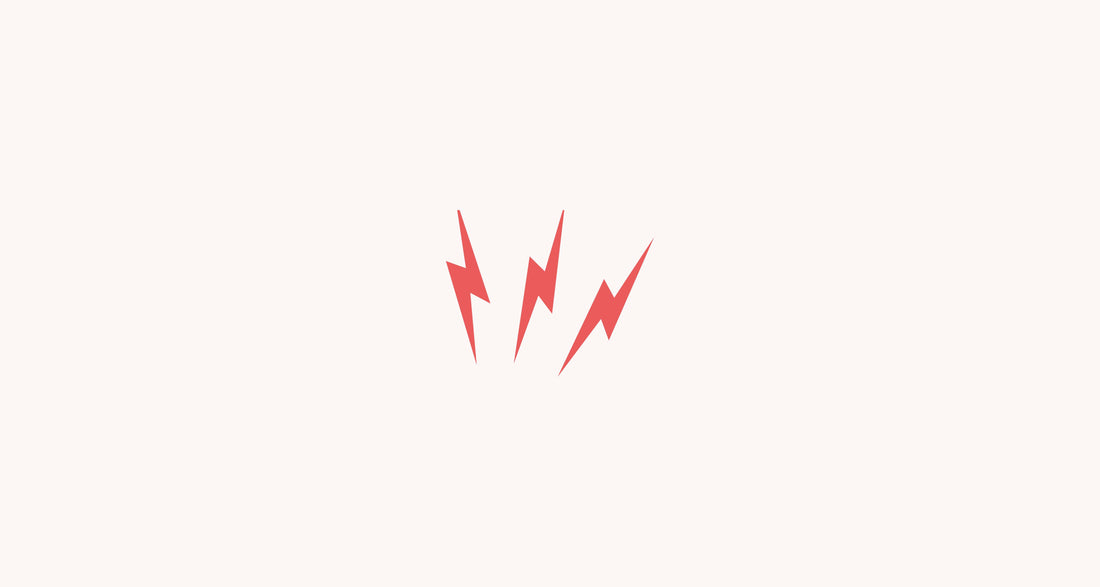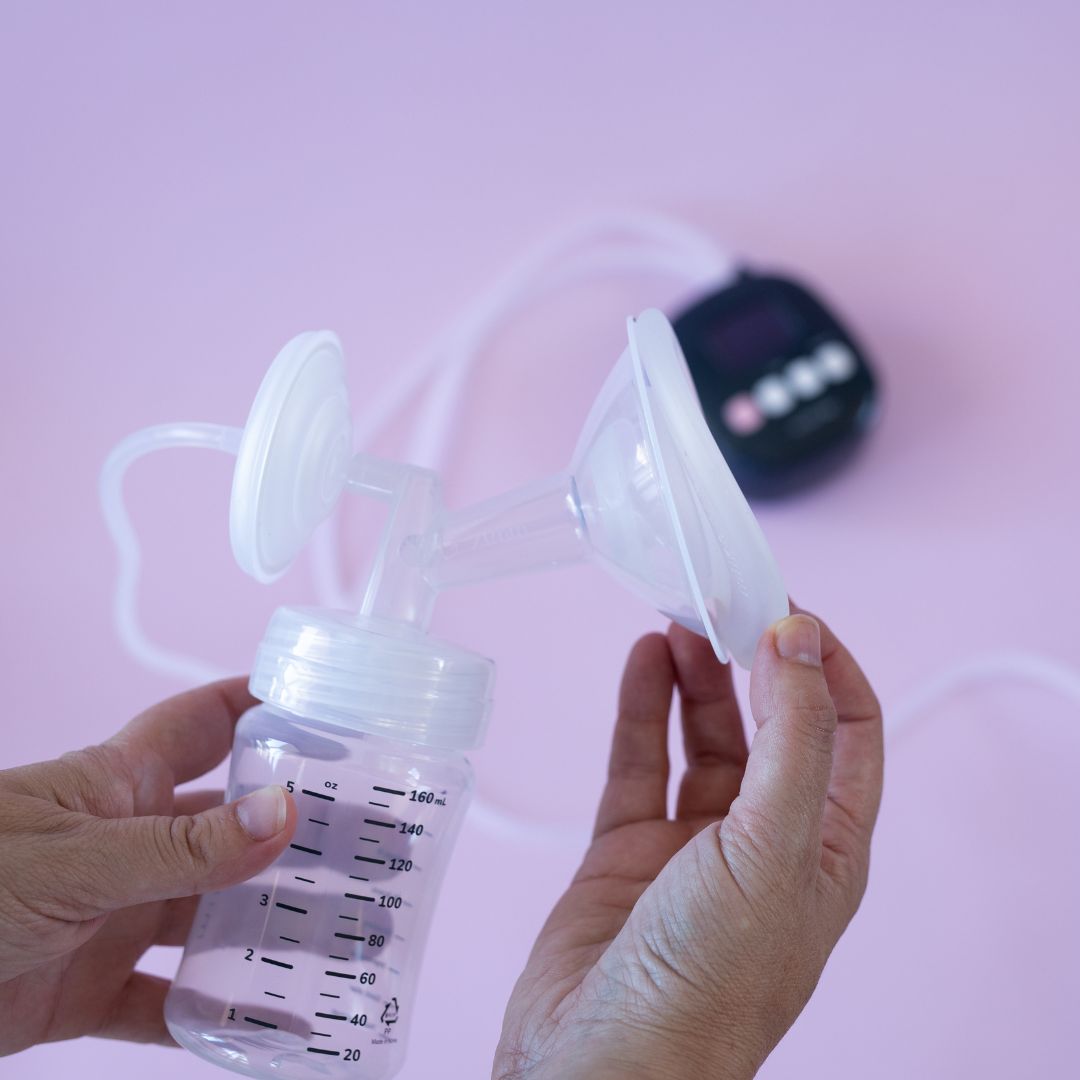Mastitis—a common concern for breastfeeding and pumping moms—can unfortunately lead to the early cessation of breastfeeding or pumping. But fret not, because we've got some tips to help you prevent mastitis, recognise the signs of mastitis, and know what to do if you think you have mastitis. However, let us preface this blog post by saying if you’ve experienced symptoms for more than 24hrs or just don’t feel right, head straight to your health care processional. Let's dive in!
First of all, what actually is Mastitis?
First things first, what exactly is mastitis? Mastitis encompasses a range of conditions resulting from inflammation of the mammary gland. Symptoms may include breast swelling, tenderness, and redness. It's important to note that you may experience symptoms similar to an infection, such as fever, chills, and a fast heart rate, even without an actual infection. If these symptoms persist for more than 24 hours, you notice breast changes, or if you have any concerns, it's best to reach out to a healthcare professional.
What does Mastitis feel like?
Now, let's talk about how mastitis feels. Symptoms can vary between individuals, but we'll focus on the usual presentation. Keep in mind that if you have any other symptoms that concern you, it's important to have them checked by a healthcare professional.
Acute mastitis typically involves increasing redness, swelling, and pain in the breast, along with systemic signs like fever, chills, and a fast heart rate. On the other hand, subacute mastitis may present with needle-like, burning pain in the breast, nipple blebs, and recurring areas of congestion and hardening. This form of mastitis is more common in individuals who have previously been treated for acute bacterial mastitis, had a caesarean birth, exclusively pumped, used nipple shields, or experienced unresolved hyperlactation.
When do you need antibiotics to treat mastitis?
If conservative treatments (less invasive treatments before antibiotics) don't resolve the issue, inflammatory mastitis can progress to bacterial mastitis, at which point antibiotics or probiotics may be necessary. It's important to note that bacterial mastitis is not contagious, so there's no need to stop breastfeeding or pumping. Your baby cannot acquire the infection, so you can continue nursing or pumping as usual.
What causes mastitis?
You might be wondering what causes mastitis. While the exact cause is still not fully understood, we've identified some risk factors (explained in the image below). We now know that mastitis isn’t caused by retrograde spread, where an infection enters through a crack in the nipple and moves backward into the breast. Instead, dysbiosis of the breast and/or alveolar distension contribute to inflammation and ductal narrowing. In simple terms, an imbalance of the bacteria in your breast and/or swelling and overexpansion of the area in the breast where milk is produced can lead to inflammation and narrowing of the ducts within the breast (which is what milk travels through). Although we don't have all the answers, understanding these risk factors can help.

Diagram: Mastitis Spectrum in the lactating breast - adapted from ABM mastitis protocol.
What is a milk plug?
Ductal narrowing, colloquially known as plugging, can present as a mildly red and swollen area of the breast or as a globally swollen and tender breast (due to lymphatic congestion and alveolar swelling) but doesn’t have the associated systemic symptoms (fever etc) seen in inflammatory mastitis.
Even though the name suggests it, a milk plug isn’t actually a “plug” of milk stuck in one of the ducts. It is due to ductal narrowing and inflammation related to dysbiosis of the breast and/or alveolar distension. Ducts in the breast are interlacing and therefore it wouldn’t actually be possible to “plug” off one of them. Ductal narrowing and its symptoms can resolve spontaneously, but can also continue to progress to inflammatory mastitis.
Tips to prevent mastitis
So now you know what it is, how can you avoid getting it? While there’s no guarantees (welcome to motherhood!), there are some things you can do to minimise your risk of getting mastitis.
1. Don’t aim for empty breasts.
The volume of milk you produce depends on a feedback loop. The more you pump or feed at the breast the more milk you are telling your body to produce. Overfeeding from the affected breast or pumping “to keep the breast empty” actually perpetuates the cycle of hyperlactation, which is a major risk factor for mastitis.
2. Minimize breast pump usage.
Yes, this one is easy to say, and not so easy to do in reality. There are a couple of risk factors that associate pumping with mastitis:
- It can cause trauma to the breast tissue.
- Pumping can predispose to dysbiosis (an imbalance of bacteria) as it doesn’t provide any bacterial exchange between breast and baby's mouth.
However, if a breast pump is part of your motherhood journey, whether you need to go back to work, have a baby who won’t latch or is in the NICU, this may not be possible. Try to minimise the risks of mastitis associated with pumping:
- Ensure proper flange sizing, ensure the suction isn’t turned up past a comfortable level and don’t pump more than is needed.
- Even if you are pumping exclusively, try to have baby on the breast sometimes (even if no milk is being exchanged).
3. Avoid deep tissue massage.
People have used electric toothbrushes, and other vibrating products to try to remove a ‘clogged duct’. We now know that this deep massage increases swelling, inflammation and injury to the microvasculature. It is important to note that gentle compressions, often termed “hands on pumping” is safe to do as long as excessive force isn’t used, and it provides a similar effect to hand expression.
What is normal during breastfeeding and what to look out for?
- Lumpy or Painful Breasts.
Lactating breasts can feel lumpy and even painful at times. Although definitely uncomfortable, it’s totally normal and not necessarily a sign of mastitis or “plugging”.
- Hot flushes/flashes.
- Pain and redness in the mornings.
If you have Mastitis
Now, let's discuss what to avoid and what to do when dealing with mastitis or ductal narrowing:
What not to do and what to do instead if you have mastitis
1. Don't pump to empty the breast
Instead Aim for comfortable expression, not empty breasts: Overstimulating milk production by feeding or pumping excessively can exacerbate hyperlactation, a major risk factor for mastitis. Instead, focus on expressing milk until you are comfortable, allowing your milk supply to adjust accordingly.
2. Don't use heat on your inflamed breast
Instead use ice to reduce inflammation: While some individuals may find relief in using heat, it can cause vasodilation and worsen symptoms for others. Research has shown that warm showers do not improve mastitis outcomes.
3. Don't use cabbage leaves on your breast
Instead use ice to reduce inflammation. Say no to cabbage leaves: While cold cabbage leaves have been used as a traditional remedy, they haven't been proven more effective than ice packs. Plus, cabbage leaves may carry the bacteria Listeria, so it's best to stick with cold packs.
4. Don't aggressively massage the breast
Instead, practice gentle lymphatic drainage techniques to alleviate symptoms safely.
5. Don't use strange feeding positions such as ‘dangle feeding’
Instead Feed in a comfortable position: Dangle feeding and other unconventional positions are not helpful and can be uncomfortable and unsafe. Opt for positions that are safe and most comfortable for you and your baby.
Mastitis Treatment (Things you can do at home)
Now, let's discuss what you should do if you have mastitis or ductal narrowing:
1. Consider using NSAIDs
Non-steroidal anti-inflammatory drugs (NSAIDs) like ibuprofen can help reduce swelling, inflammation, and provide relief from symptoms.
2. Consider using Acetaminophen/paracetamol
Acetaminophen/paracetamol (depending on where you live) can also provide pain relief
3. Use ice to reduce inflammation
Applying ice packs to the affected area can help reduce inflammation and provide relief. You can apply them every hour or as needed.
4. Reserve antibiotics for bacterial mastitis
Antibiotics are typically necessary once mastitis has progressed to bacterial mastitis. However, using antibiotics in cases of inflammatory mastitis can increase the likelihood of progression to bacterial mastitis and disrupt the breast microbiome. It's also important to avoid unnecessary use of antibiotics to prevent the development of antibiotic-resistant pathogens. Antibiotics do tend to have anti inflammatory properties which is probably why a lot of people experience relief after taking them.
Remember, if you have any concerns or your symptoms persist, it's always best to consult with a healthcare professional.
Source
Baeza, C. et al. (2022) ‘Re: “Academy of Breastfeeding Medicine Clinical Protocol #36: The mastitis spectrum, revised 2022” by Mitchell et al..’, Breastfeeding Medicine, 17(11), pp. 970–971. doi:10.1089/bfm.2022.0129.



